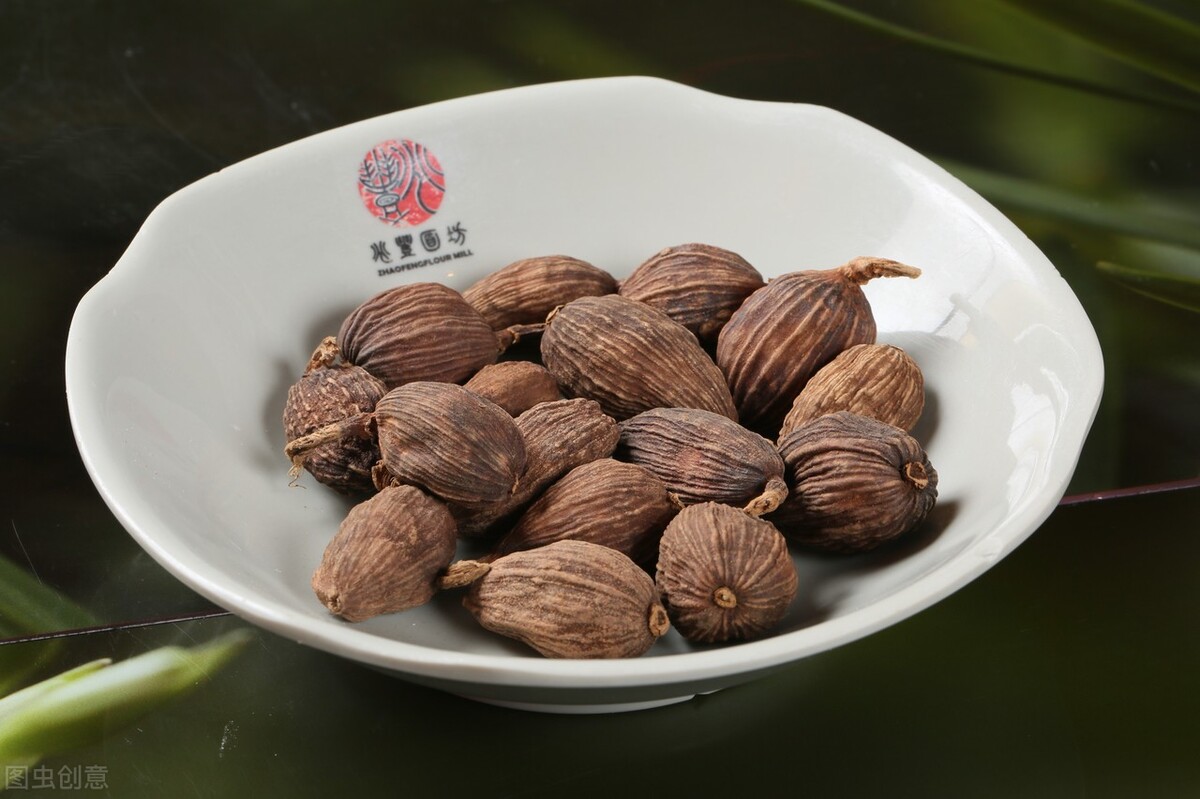Spices are used in cooking, in addition to the purpose of adding fragrance, it is actually more important to remove fishiness.
But if you want to work properly, then you need to first understand why spices have such an effect.
First of all, these "fishy, fat, smelly" tastes in the ingredients are mainly some sulfur-containing compounds, nitrogen-containing compounds, low-carbon fatty acids, low-carbon fatty alcohols and low-carbon fatty aldehydes and ketones.
Some of these ingredients are contained in the ingredients themselves, and some are produced by microorganisms or chemical reactions during processing.
The peculiar smells we smell or taste are the ones that emanate from these substances.
As our ancestors said: The water dweller is fishy, the meat is shy, and the herbivore is fat.
This means: those who live in the water have a fishy breath, those who grab meat for food have a shy breath, and those who eat grass have a smell.
Therefore, in order to remove or reduce "odors", it is necessary to eliminate or reduce the presence of these chemical components through specific mechanisms.
The deodorization mechanism of spices can be basically divided into two categories: chemical deodorization mechanism and physical deodorization mechanism.
Chemical deodorization mechanism
The chemical components contained in the spices, such as alcohols, alkenes, phenols, etc., react with the above odor source substances such as oxidation, reduction, binding, substitution, etc.
Convert these odor molecules into smaller new substances without odor, thus achieving the purpose of deodorization.

For example, the coriaol in the grass fruit, the ginger alcohol contained in ginger, gingerene, organic acids, etc., can make the aldehydes, ketones, and sulfur-containing compounds in the meat raw materials oxidize, so that the odor is weakened.
Physical deodorization mechanism
In addition to the above chemical reactions to remove odors, another reason why spices have the function of "deodorization" is to release chemicals with prominent odors to stimulate people's sense of smell and taste organs.
Thus diverting, dispersing or obscuring our attention to the odor or strange smell of the ingredients themselves.
This practice of using the strong scent of spices to suppress and cover up bad odors is to cover up the correction mechanism, also known as the physical deodorization mechanism.
For example, cloves and lemongrass, they have a strong aroma and have a clear masking effect on fishy odors.
According to the above two mechanisms, spices have the following rules to follow when using spices.
Go different
Animal ingredients can be added: white root, galangal, fragrant leaves, peppercorns, tangerine peel, pepper, grass fruits, etc.
Fruits and vegetables can be added: chili peppers, fragrant leaves, pepper, etc.
Covered, delicate
Aquatic ingredients can be added: nutmeg, cloves, cinnamon, yamana, ginger, red cardamom, coriander seeds, cumin, etc
Beef and mutton can be added: cumin, cloves, nutmeg, white cardamom, yamana, peppercorns, cinnamon, coriander seeds, cumin, dill seeds, ginger, perilla, basil, mint, etc
Incense
Livestock meat ingredients can be added: nutmeg, cinnamon, cloves, tangerine peel, dill seeds, coriander seeds, star anise, pepper, coriander leaves.
Poultry ingredients can be added: star anise, cinnamon, cumin, white root, cloves, fragrant leaves, grass cardamom, tangerine peel. Sand kernels, grass fruits.
Aquatic ingredients can be added: pepper, nutmeg, dill seeds, star anise, cumin.
When it comes to matching, two traditional methods can be used.
The first is to first determine the flavor according to the dish and region, select the corresponding flavoring spices, and then add the de-fishy spices.
The second is to select a spice that is deodorant and deodorant, and then enrich the flavor with fragrant spices.
Well, today's spice deodorization theory, let's talk about it here first, if there is a big god who has a different opinion, please do not hesitate to teach, in the next grateful!
I am the third brother, a food creator who respects ingredients, respects tradition, and loves innovation!